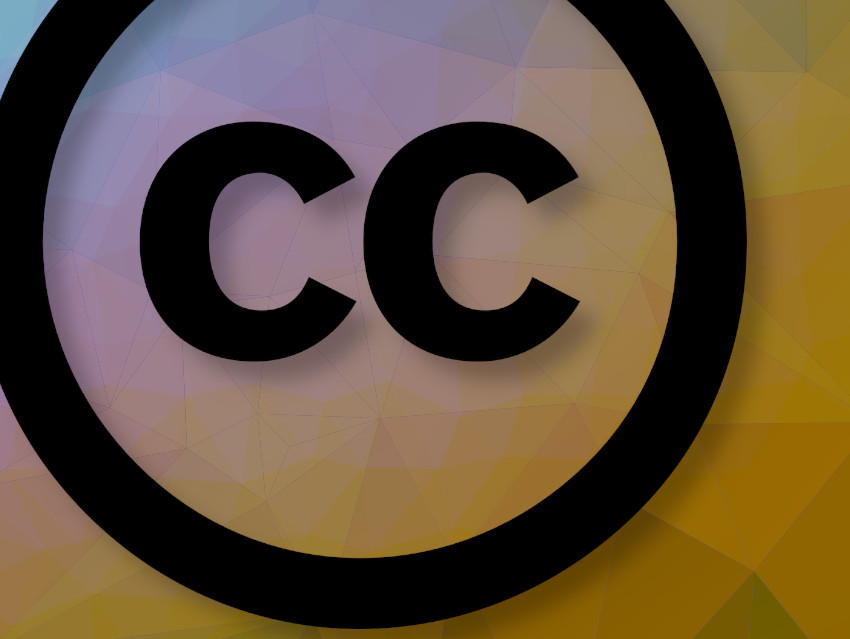The DEAL consortium has launched the “OPEN ACCESS MEANS CC BY” campaign to encourage German researchers to choose the Creative Commons “CC BY” license when publishing their work Open Access. Creative Commons (CC) is a nonprofit corporation dedicated to making it easier for people to distribute, share, and reuse the work of others within the framework of national copyright laws. CC BY (Attribution) allows to share, remix, and make money when mentioning the author of y work. The DEAL consortium says this approach is consistent with global open access standards and maximizes the reach and impact of scientific research.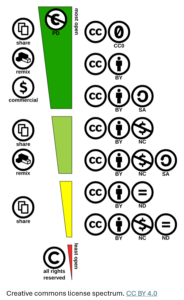
Their campaign sees problems with “non-commercial” (NC) licenses, which restrict commercial use and often result in publishers claiming exclusive rights to monetize the research, such as selling it to AI companies. They add that these licenses create legal uncertainty and are not considered true Open Access because they restrict many desirable uses, including collaboration with private institutions or independent professionals.
In partnership with iRights law, a legal firm, the DEAL Consortium has created a detailed resource for researchers, available at deal-konsortium.de/en/why-ccby, that explains the benefits of CC BY to guides authors in making informed licensing decisions.
The DEAL consortium is one of the largest library consortia in the world and has negotiated national agreements with the three largest academic publishers, Wiley, Springer Nature, and Elsevier. These agreements enable researchers from around 500 academic institutions in Germany to publish with the publishers according to the Open Access model. The consortium is managed by MPDL Services GmbH (Max Planck Digital Library). Its stakeholders include major German research institutions, such as the German Research Foundation (DFG, 31.25%), the Max Planck Society (31.25%), the Foundation for the Promotion of the German Rectors’ Conference (11%), the Fraunhofer Society (8.5%), the Helmholtz Association (5%), the Leibniz Association (5%), the German National Academy of Sciences Leopoldina (3%), the GFZ German Research Centre for Geosciences (3%), and the German National Library of Science and Technology (TIB, 2%).
Also of Interest

The new agreement will bring additional benefits to the German research system
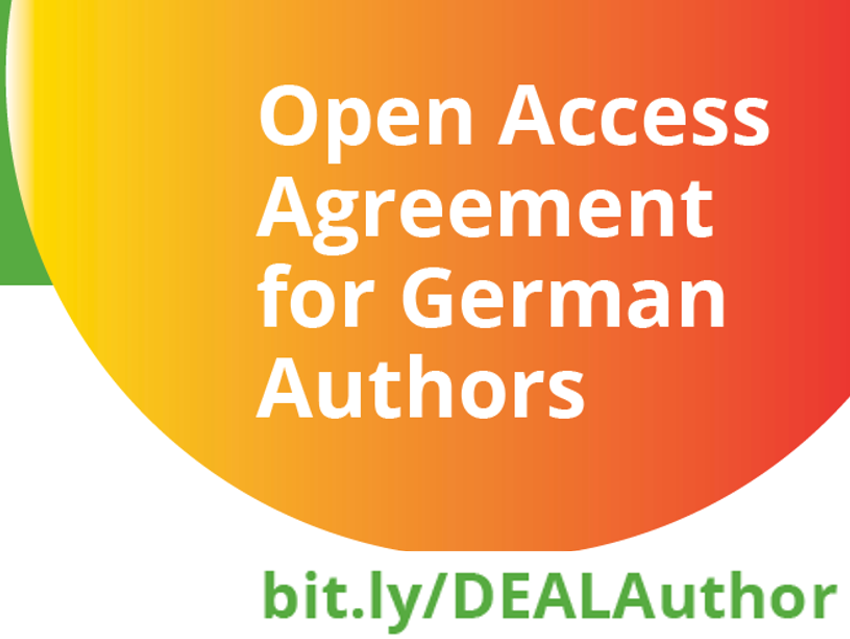
Experience of J. G. Hernández, RWTH Aachen, corresponding author of the first article published in Angewandte Chemie under the Wiley/Projekt DEAL
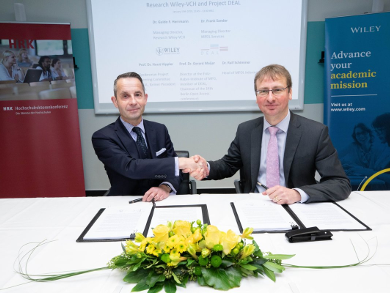
Wiley and Projekt DEAL partner to enhance the future of scholarly research and publishing in Germany
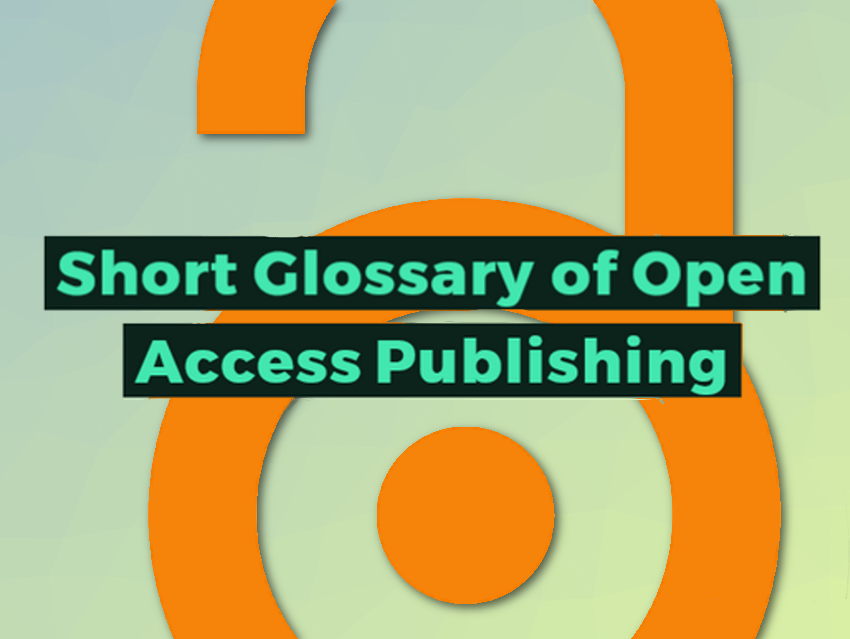
Explaining the 10 most important terms of open access (OA) publishing

A decade of Gold Open Access from Chemistry Europe
